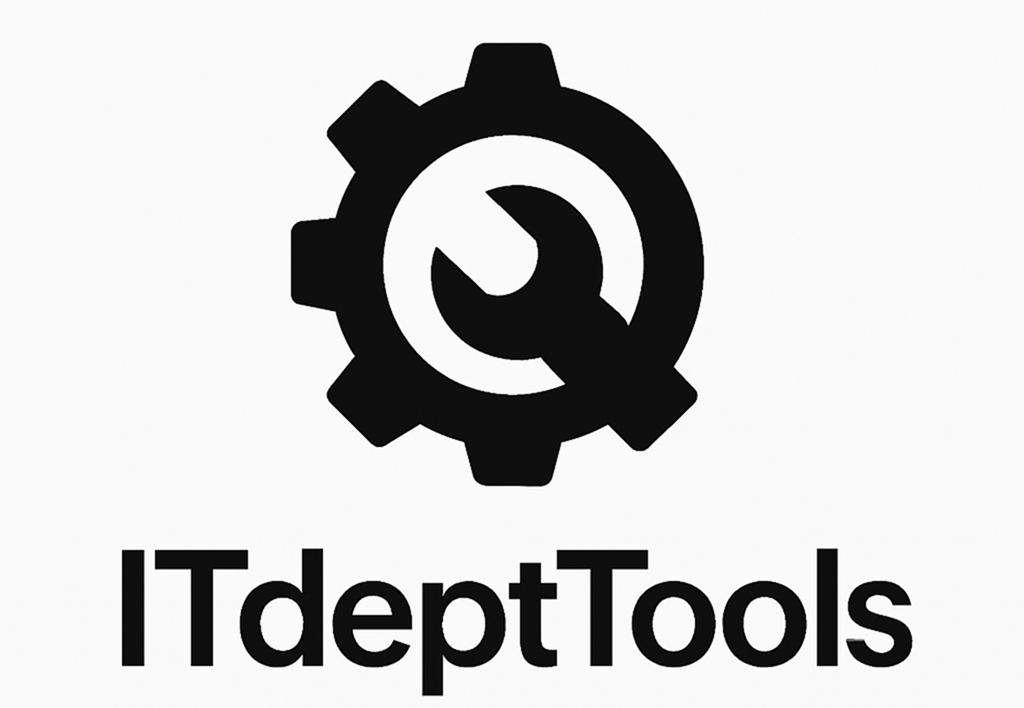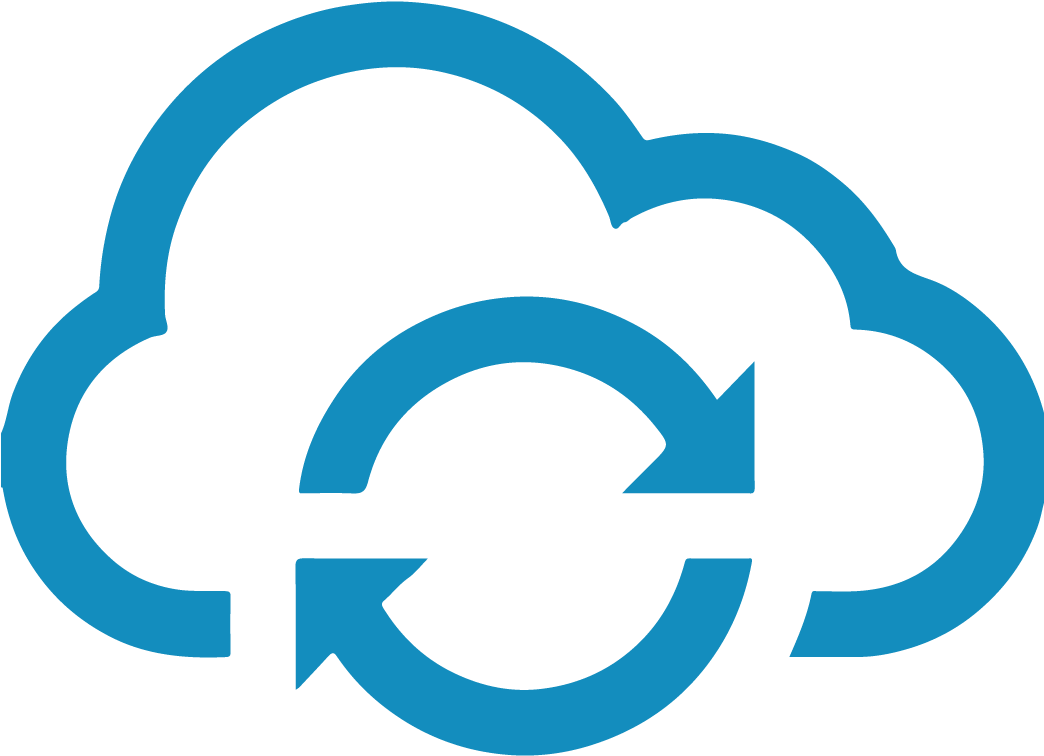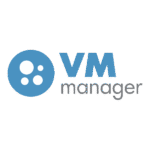Personal Backup: The Kind of Backup Tool That Doesn’t Pretend to Be Smarter Than You
There are backup tools that try to guess what you want. And then there’s Personal Backup — a Windows utility that assumes you already know. It gives you full control: multiple targets, fine-grained scheduling, filtered source folders, optional encryption — all tucked into a GUI that feels like it was built by someone who actually uses it.
It’s not pretty. It’s not for enterprise imaging or disaster recovery. But if you need a smart, scriptable, zero-surprises file backup system — and you don’t mind clicking through a few dense menus — Personal Backup gets the job done without background bloat or vendor lock-in.
What It Offers (and Why It’s Worth a Look)
| Feature | How It Helps |
| File-level backup | Copies only what’s changed — fast, efficient, and easy to verify |
| Multiple destinations | Backup to external drives, network shares, FTP/SFTP, or USB sticks |
| Scheduled jobs | Built-in job scheduler with optional pre/post scripts |
| Incremental & differential | Saves only changes — speeds up recurring jobs |
| Compression & encryption | Supports ZIP compression and AES encryption |
| Command-line support | Run profiles via scripts or batch files |
| Logging & reports | Detailed logs per job, optional email delivery |
| No background services | Nothing runs unless you tell it to |
Where It Works Best
Personal Backup is a good fit when:
– You want file-level control over what’s backed up and when
– You don’t trust automated tools to guess which folders matter
– You’re working with user data, local workstations, or remote shares
– You want backups to trigger on login/logout, logoff, shutdown, etc.
– You need silent, scriptable operations with logs for later review
System Requirements
| Requirement | Detail |
| OS | Windows 7, 8, 10, 11; Windows Server 2008 and newer |
| Architecture | x86 and x64 |
| RAM | 512MB+ recommended |
| Disk Space | Program < 50MB; backup target usage varies |
| Admin Rights | Required only for scheduled tasks or service config |
| Internet | Optional — only needed for FTP/SFTP or email reports |
Setup Example: Daily Backup to NAS with Optional Encryption
- Download the installer:
From: https://personal-backup.rathlev-home.de2. Create a new backup task:
Launch the app → File → New Backup Task
Choose a task name, then select:
– Source folders (e.g. C:\Users\ or D:\Data)
– Target (e.g. \\nasbox\backup\%USERNAME%)3. Adjust backup mode:
– Choose incremental or differential
– Enable ZIP compression and AES encryption if needed4. Configure schedule:
Built-in scheduler supports daily/weekly timings, or trigger at logon/logoff5. Enable logging and reports:
– Set log file location (per job or global)
– Optional: enable email reports on failure/success6. Save and test run:
Jobs can be triggered manually or run on schedule — logs will show exact file operations.
Pros and Tradeoffs
What’s good:
– You’re in full control — no auto-detection, no forced policies
– Works great for power users and sysadmins who want precision
– Can run as a service (with some manual setup)
– Runs on just about any Windows machine, even legacy ones
– No ads, nags, or trial expiration
What to consider:
– UI is dense and old-school — not for beginners
– No support for imaging, VSS, or locked-file backups
– No cloud sync (though FTP/SFTP is supported)
– Can take some time to get your first task fully configured right
The Bottom Line
Personal Backup is the kind of tool you keep on your flash drive or your toolkit folder — quiet, dependable, and never trying to outsmart you. It gives you the freedom to build backup routines exactly how you want them, and then gets out of the way. For sysadmins who don’t need hand-holding and prefer precision over polish, this one’s worth having on hand.







